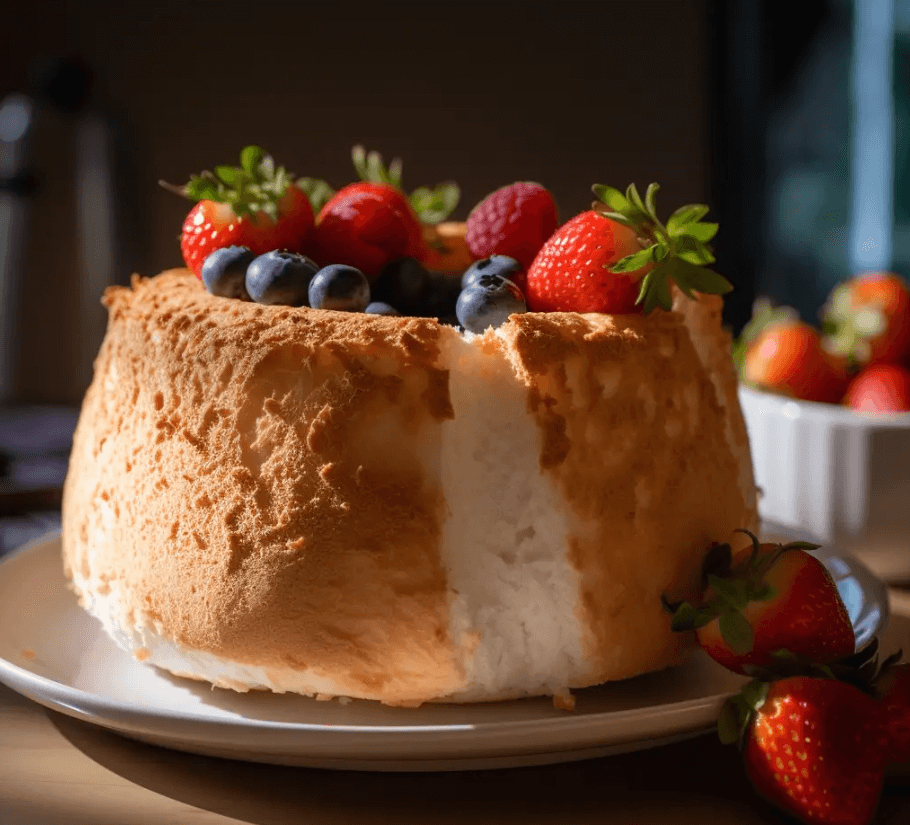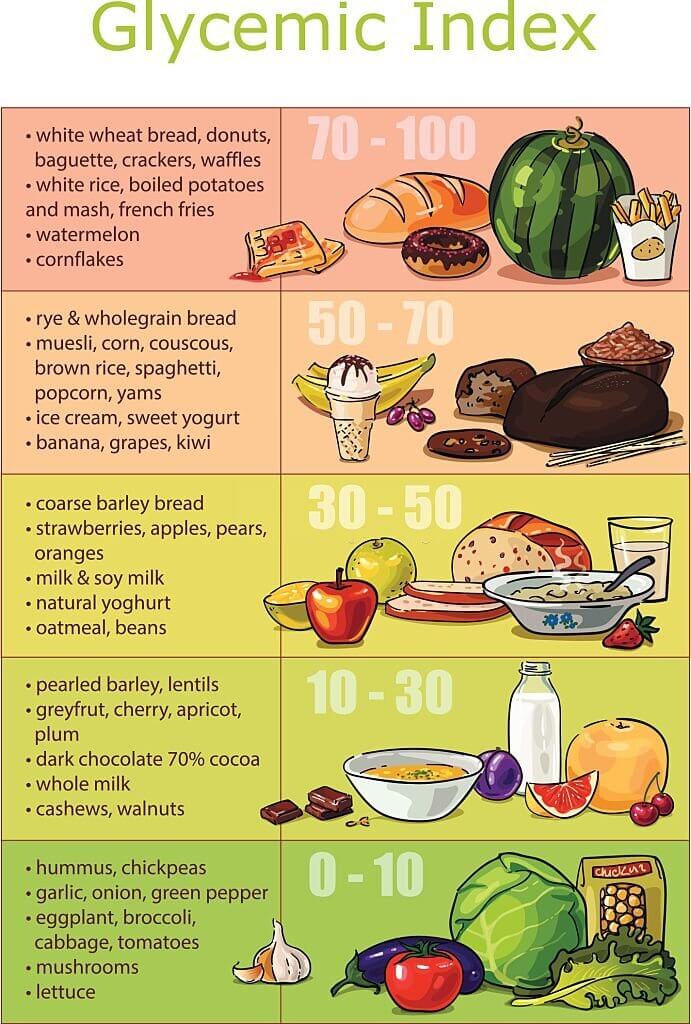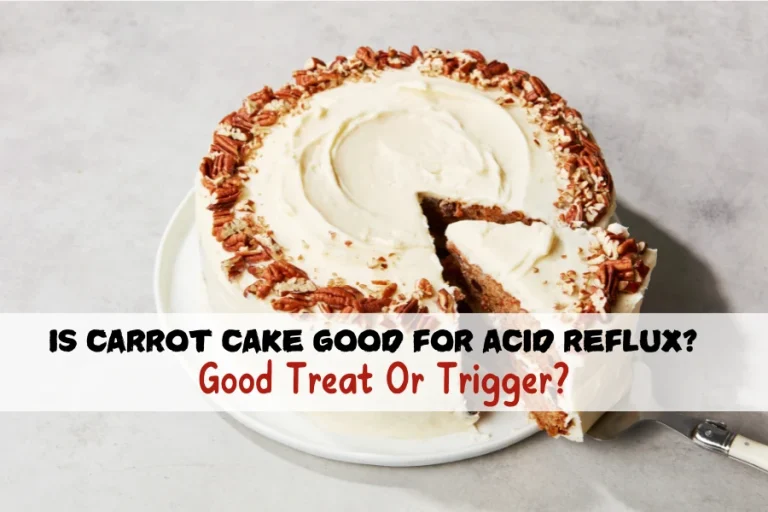If you have diabetes, picking the right treats is a big deal. Diabetes changes how your body uses sugar, and that means watching what you eat, like counting carbs. That’s where the glycemic index, or GI, comes in—it shows how much foods can raise your blood sugar. We’re checking out angel food cake, a light, airy dessert that might seem like a smart choice. But is it? We’re here to share the scoop on this cake and see if it fits into a diabetic diet. Join us as we explore the ins and outs of angel food cake, from what’s in it to how it can be made even better for your health.

What’s in Angel Food Cake?
Angel food cake is light and fluffy. We love it because it’s simple and not too heavy. It’s made with:
- Egg whites: They make the cake really light.
- Sugar: This makes it sweet.
- Flour: Just enough to hold it together without making it heavy.
- Cream of tartar: This keeps the egg whites fluffy.
There’s no butter or egg yolks in this cake, so it’s lower in fat. That’s good news if you’re watching your fat intake!
Angel Food Cake Nutrition
A slice of angel food cake has:
- Some protein from the egg whites.
- Carbs, mostly from sugar.
- Not much fat at all.
- Fewer calories than a lot of other sweets.
So, if you want something sweet without a lot of calories, angel food cake might be your pick.
Compared to other desserts, like gateaux cake or ice cream, angel food cake is lower in fat and calories but it still has sugar—almost as much as those other treats. If you need to watch your sugar, like if you have diabetes, keep that in mind. Angel food cake is better for you in some ways, but it’s not sugar-free!
The Glycemic Index and Its Relevance to Diabetes

What’s the Glycemic Index?
Think of the glycemic index (GI) as a scoreboard for foods with carbs. It tells you how fast your body turns these foods into sugar. A high score means it happens fast, which can cause a sugar rush, and then a sugar crash. Low scores are better because they keep sugar levels steady. White bread is a high scorer, while beans are low on the list.
Why GI Matters for Blood Sugar
When you eat foods with a high GI, your blood sugar can shoot up. If you have diabetes, that’s not good because your body struggles with too much sugar all at once. If this happens a lot, it can lead to health troubles over time, like heart problems or damage to your nerves.
Choosing Low-GI Foods
Low GI foods are your friends if you’re watching your blood sugar. They help you avoid those big jumps in sugar levels. Eating more of these foods is a smart move for managing diabetes and staying healthy in the long run. This way, you can enjoy your meals without worrying too much about your sugar going up and down.
We’re going to look at angel food cake to see if it’s a sweet treat you can say yes to. Our goal is to keep your sugar levels just right, so let’s find out if this cake cuts.
Read more: How to Get a Cake from Bake Squad
Can a Diabetic Person Eat Angel Food Cake?

Angel Food Cake’s Glycemic Index
Besides the question of can angel food cake be frozen, people are also concerned about whether this cake is suitable for diabetics. Angel food cake has a glycemic index (GI) of 67. That’s in the middle, which means it doesn’t make your blood sugar zoom up as fast as other sweets might. But remember, everyone’s body is different, so it’s important to see how your body handles it.
Sugar and Carbs in Angel Food Cake
A piece of angel food cake has about 28 grams of carbs and 16 to 20 grams of sugar. Carbs can make your blood sugar go up, so it’s good to think about how much cake you’re eating. After having some cake, it’s a smart move to check your blood sugar to see what happens.
Why Portion Size Matters
How much cake you eat is a big deal when you have diabetes. Eating just a small piece could be okay, but a big piece might push your sugar too high. Try having a tiny slice and maybe some nuts or cheese to help your body with the sugar. And always keep an eye on your blood sugar after you indulge.
We say angel food cake isn’t a no-no, but you’ve got to be careful. Small slices and watching your blood sugar can help you enjoy this treat without trouble. When considering whether to choose a small or large portion of angel food cake, it is important to calculate the appropriate serving size for someone with diabetes. You can also refer to the comparison between 1/4 sheet cake and 1/2 sheet cake to decide which cake size is right for your nutritional needs.
Angel Food Cake: Other Sweet Treats for Diabetics
Try These Instead of Angel Food Cake
If you have diabetes, you might look for a dessert that’s yummy but doesn’t make your sugar levels jump. Angel food cake is light, but it’s still got a lot of sugar. We’ve got some great swaps that are kinder to your blood sugar:
- Cinnamon peaches: they’re sweet and grill marks make everything better.
- Berry yogurt parfait: mix some berries and yogurt for a creamy treat.
- Fruit pops: freeze your favorite fruit juice without extra sugar for a cool snack.
- Nutty cake: bake with almond flour and use natural sweet stuff like stevia.
- Vanilla chia dessert: mix chia seeds with almond milk and a bit of vanilla.
Fruits are good for you, and they can satisfy that sweet craving without causing sugar problems.
Sugar Swaps for Baking
Sugar substitutes can be a win for baking without the sugar spike. Let’s look at a few:
- Stevia: Sweet like sugar but with no calories and doesn’t mess with your blood sugar.
- Erythritol: Tastes like sugar but watch out—it might upset your stomach if you eat too much.
- Monk fruit: Super sweet and no calories. A little goes a long way.
- Xylitol: Less sweet, fewer calories, but it can cause tummy trouble too. Keep it away from dogs!
When you try these in your cake, start small to get the sweetness right and keep the cake tasting good.
Just remember, even with these swaps, it’s best to enjoy your cake on special days, not every day. And if you’re not sure what’s best for your health, a quick chat with your doctor or a dietitian can help you out.
Read more: How to Reheat Funnel Cake?
Bottom Line
Angel food cake can be a part of a diabetic diet when consumed in moderation. Its moderate glycemic index makes it a better option than many desserts, but attention to portion size and individual blood sugar response is crucial.
Diabetics should explore alternatives and consider sugar substitutes for a healthier approach, always keeping balance and moderation in mind. Consulting with healthcare professionals for personalized advice is also recommended for optimal dietary management.



